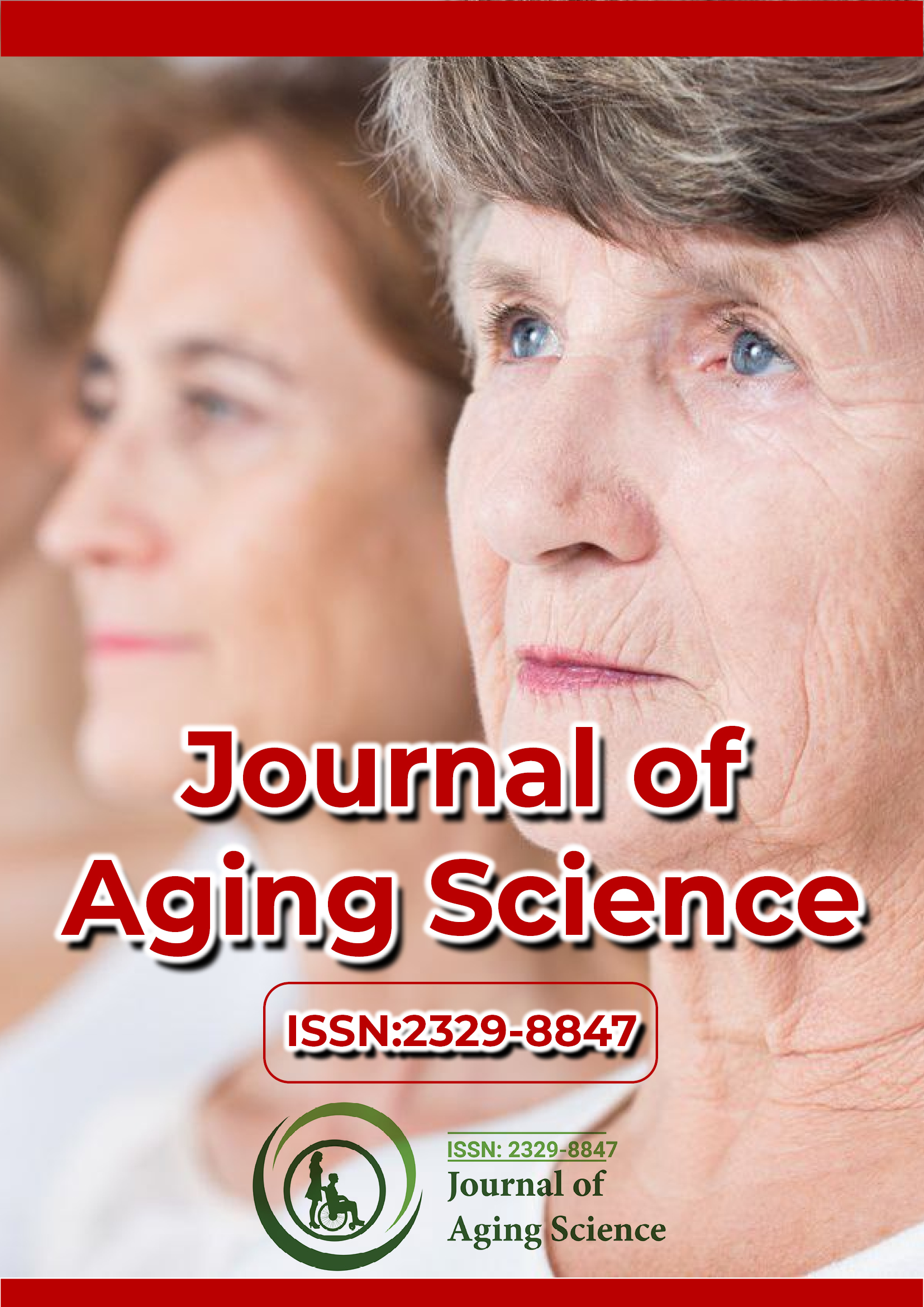Indexed In
- Open J Gate
- Academic Keys
- JournalTOCs
- ResearchBible
- RefSeek
- Hamdard University
- EBSCO A-Z
- OCLC- WorldCat
- Publons
- Geneva Foundation for Medical Education and Research
- Euro Pub
- Google Scholar
Useful Links
Share This Page
Journal Flyer

Open Access Journals
- Agri and Aquaculture
- Biochemistry
- Bioinformatics & Systems Biology
- Business & Management
- Chemistry
- Clinical Sciences
- Engineering
- Food & Nutrition
- General Science
- Genetics & Molecular Biology
- Immunology & Microbiology
- Medical Sciences
- Neuroscience & Psychology
- Nursing & Health Care
- Pharmaceutical Sciences
Abstract
Innate Immune Responses in the Neutrophils of Community Dwelling and Nursing Home Elders
Manisha Juthani-Mehta, Xiuyang Guo, Albert C. Shaw, Virginia Towle, Yuming Ning, Xiaomei Wang, Heather G. Allore, Erol Fikrig and Ruth R. Montgomery
Objective: To evaluate innate immune responses of older disabled nursing home residents that may contribute to infectious disease susceptibility, we compared surface markers and signaling efficiency of neutrophils from nursing home residents and community dwelling elders.
Design: Observational pilot study.
Setting: Five New Haven, CT area nursing homes and the greater New Haven community.
Participants: 15 nursing home residents and 43 community dwelling elders.
Measurements: Neutrophils were isolated and Toll-like receptor (TLR) and β2 integrin expression on the surface of unstimulated neutrophils were measured via flow cytometry. Chemokine induction was determined by Quantitative PCR.
Results: Surface expression of TLR4 was elevated among nursing home residents compared to community dwellers (mean percent positive cells 33.91 [SE 2.75] vs. 15.67 [SE 1.58], p< 0.001), while expression of the β2 integrins CD11b and CD18 was significantly lower (mean fluorescent intensity 460.8 [SE 49.1] vs. 632.9 [SE 29.5] for CD11b and 59.6 [SE 7.9] vs. 137.6 [SE 4.6] for CD18, p< 0.0001). Neutrophils from nursing home residents produced substantially reduced levels of chemokines at baseline and after stimulation.
Conclusions: Because integrins are an important pathway to phagocyte signaling and contribute to adherence and locomotion of neutrophils, reduced β2 integrin expression may contribute to impaired responses to stimulation and reduced adhesive properties in PMN from nursing home residents. Since integrin CD11b has been shown to negatively regulate TLR4 response, it is plausible that lower levels of CD11b contribute to elevated expression of TLR4.

